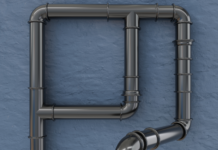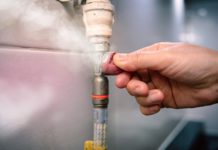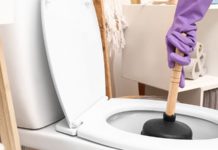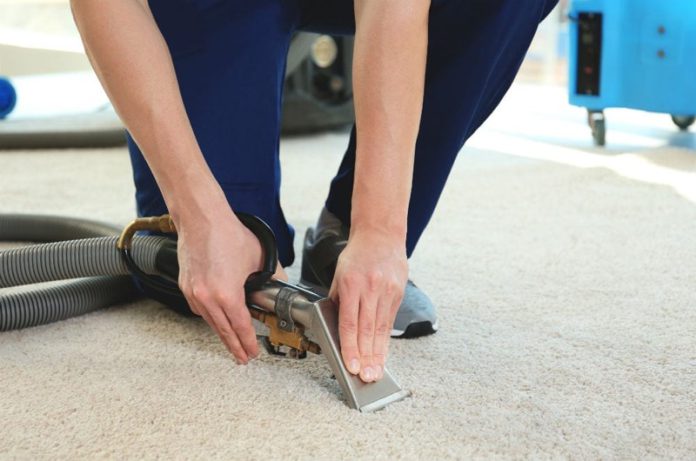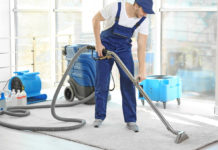Has a leak in your home left you with a wet carpet? Do you need to dry it after a clean-up? Does your carpet need to be dried as part of Flood restoration? Whatever the cause, it is important that your carpet is dried fast without wasting any time. Leaving it wet for any amount of time increases the risk of mould and mildew development, increasing the risk of various health hazards.
So, how do you dry your wet carpet fast? This guide provides you with some simple tips.
4 Ways to Dry Your Wet Carpet
The process of successfully drying your carpet depends on multiple factors. This includes humidity, climate, and size. It is recommended to follow these steps to dry your carpet quickly before mould can set in.
1. Extract & Remove the Water
The first step is to remove the water soaked in your carpet. You will have to use the right equipment depending on how much water is there.
- When the carpet is fully saturated with water, use a shop vacuum along with a submersible pump.
- When the carpet is not fully submerged in water, you can use just the shop vacuum.
A shop vacuum is different from a standard vacuum cleaner in having greater suction power. Your standard vacuum is not designed to provide water suction features.
2. Use Absorbent Towels
Try to extract as much water as possible using the right equipment. Then use absorbent towels on your carpet and press them down. This is going to soak up any water left on the carpet. If there is excess water in the carpet at this stage, you should seek professional help to Dry Wet Carpet. In this case, it is best to let the experts take care of the water damage instead of trying to handle it yourself.
3. Air Drying
If you have been able to use absorbent towels successfully, the next step should be to use fans and dehumidifiers to air dry the carpet. This will help circulate the air and speed up the process of evaporation.
If there is not much water damage, it is recommended to use a hairdryer to speed up the process.
- Hold the hairdryer off the carpet
- Move the dryer back and forth while letting the blow-dried area cool off
- Check each area before blowing again over it
4. Replace the Padding
Water has the potential to damage your carpet padding. It is important to dry the underlying padding completely to prevent mould from spreading to the carpet. It may not just be enough to dry your carpet. When the water damage is extreme, such as in the case of Flood restoration, it may be required to replace the padding.
So, it is recommended to follow these steps when drying your carpet quickly. If you find the carpet to be excessively wet, it is best to let the experts handle its cleaning and drying. They can have specialised equipment and products that can be difficult for you to acquire.


